Advancements in Printing Technologies
Advancements in printing technologies are playing a crucial role in shaping the smart labels market. Innovations such as digital printing and on-demand printing are enabling manufacturers to produce high-quality smart labels more efficiently and cost-effectively. These technologies allow for greater customization and flexibility, catering to the diverse needs of various industries. As a result, the smart labels market is witnessing a shift towards more personalized labeling solutions, which can enhance brand identity and consumer engagement. The market is expected to grow at a rate of around 10% annually, driven by these technological advancements that streamline production processes and reduce waste.
Regulatory Compliance and Safety Standards
The smart labels market is also being driven by the increasing emphasis on regulatory compliance and safety standards across various industries. Governments and regulatory bodies are mandating stricter labeling requirements, particularly in sectors such as food, pharmaceuticals, and chemicals. Smart labels facilitate compliance by providing essential information such as expiration dates, ingredient lists, and safety warnings in a clear and accessible manner. This trend is expected to bolster the smart labels market, as companies seek to avoid penalties and enhance consumer trust. The market is projected to grow by approximately 12% annually as businesses invest in smart labeling solutions to meet these regulatory demands.
Rising Demand for Supply Chain Transparency
The smart labels market is experiencing a notable surge in demand for enhanced supply chain transparency. As consumers increasingly seek information about product origins and handling, businesses are compelled to adopt smart labeling solutions. This trend is particularly pronounced in sectors such as food and pharmaceuticals, where traceability is paramount. According to recent data, the market for smart labels in the supply chain sector is projected to grow at a CAGR of approximately 15% over the next five years. This growth is driven by the need for real-time tracking and monitoring, which smart labels facilitate through technologies like RFID and NFC. Consequently, the smart labels market is becoming integral to ensuring compliance with regulatory standards and meeting consumer expectations for transparency.
Integration of IoT in Smart Labeling Solutions
The integration of Internet of Things (IoT) technology into smart labeling solutions is significantly influencing the smart labels market. IoT-enabled smart labels allow for real-time data collection and analysis, enhancing operational efficiency across various industries. For instance, in logistics, these labels can provide insights into temperature, humidity, and location, which are crucial for sensitive products. The market for IoT-based smart labels is anticipated to expand rapidly, with estimates suggesting a growth rate of around 20% annually. This integration not only improves inventory management but also reduces losses due to spoilage or misplacement, thereby driving the overall growth of the smart labels market.
Consumer Preference for Enhanced User Experience
Consumer preferences are shifting towards products that offer enhanced user experiences, which is positively impacting the smart labels market. Smart labels provide interactive features such as QR codes and augmented reality, allowing consumers to access detailed product information and engage with brands more effectively. This trend is particularly relevant in the retail sector, where brands are leveraging smart labels to create immersive shopping experiences. Data indicates that products with smart labels can see an increase in consumer engagement by up to 30%. As brands recognize the value of these interactive features, the demand for smart labels is expected to rise, further propelling the growth of the smart labels market.


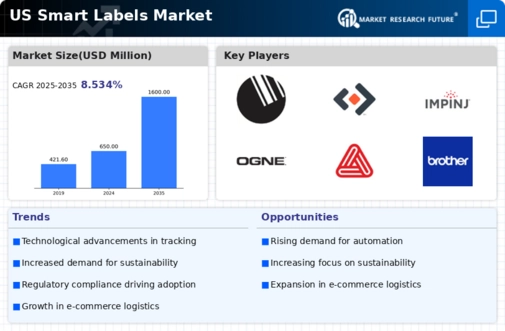
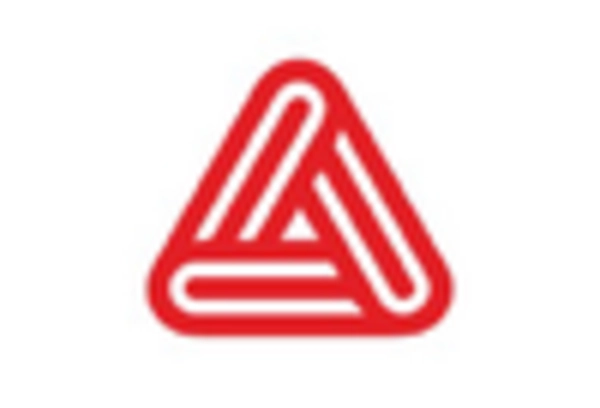
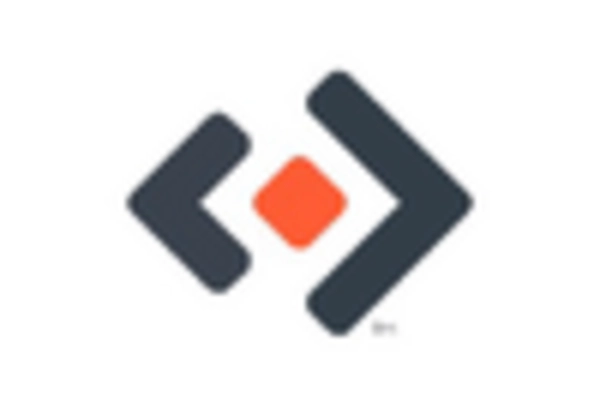
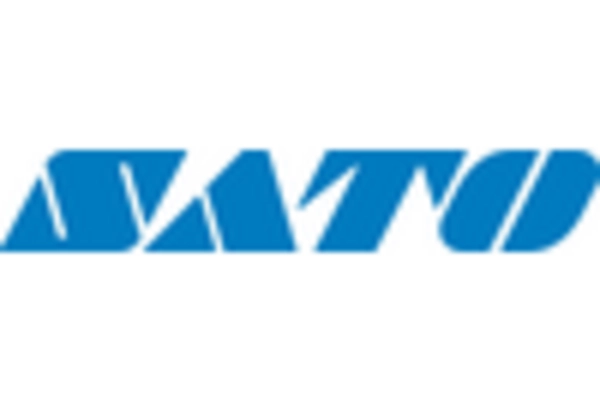

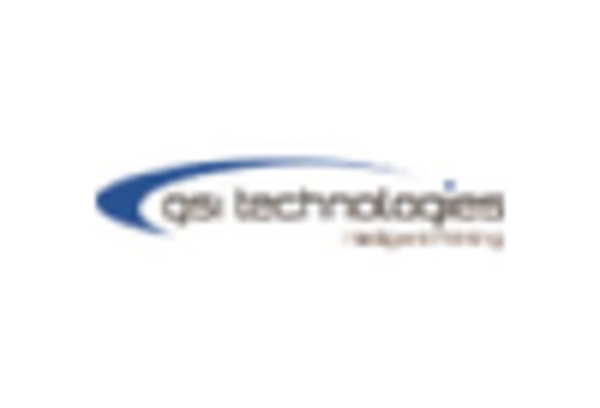
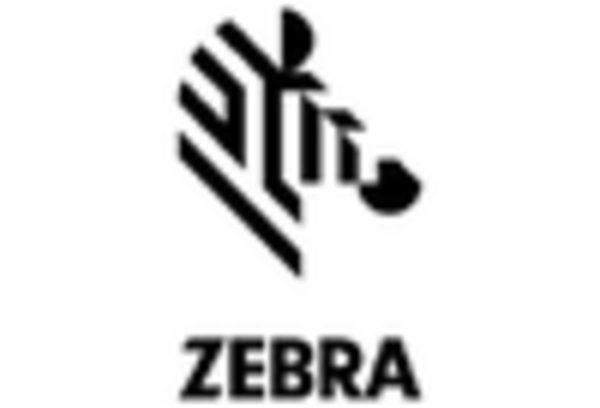








Leave a Comment